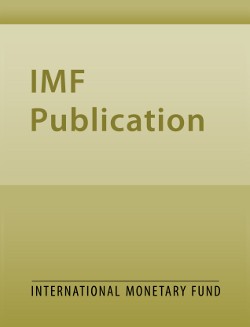
Gulf Cooperation Council (GCC)—Oil Prices, Financial Stability, and the Use of Countercyclical Macroprudential Policies in the GCC
Economic and financial developments in the GCC economies are interwoven with oil price movements. GCC economies are highly dependent on oil and gas exports. Oil price upturns lead to higher oil revenues, stronger fiscal and external positions, and higher government spending. This boosts corporate profitability and equity prices and strengthens bank balance sheets, but can also lead to the buildup of systemic vulnerabilities in the financial sector. Banks in the GCC are well-capitalized, liquid, and profitable at present, and well-positioned to manage structural systemic risks. However, oil-macro-financial linkages mean that asset quality and liquidity in the financial system may deteriorate in a low oil price environment and financial sector stress may emerge.
The scope for amplification of oil price shocks through the financial sector suggests a role for a countercyclical approach to macroprudential policies. Countercyclical macroprudential policy can prove useful to reduce the buildup of systemic risks in the financial sector during upswings, and to cushion against disruption to financial services during periods of financial sector stress.
The GCC countries have considerable experience with implementing a wide range of macroprudential policies, but these policies have not generally been adjusted through the cycle. GCC central banks implemented several macroprudential measures before the global financial crisis and have continued to enhance their macroprudential frameworks and toolkits to limit systemic financial sector risks. Although there is some evidence of macroprudential tools being adjusted in a countercyclical way, most of the tools have not been adjusted over the financial cycle.
Further enhancements to the GCC macroprudential framework are needed to support the countercyclical use of these policies. A comprehensive and established framework, supported by strong institutional capacity, is essential for countercyclical macroprudential policies. This framework should provide clear assignment of responsibilities and guidance on how policies will be implemented to maintain financial stability and manage systemic risks over the financial cycle. Addressing data gaps and the further development of reliable early warning indicators in signaling potential systemic stress are needed to help guide the countercyclical use of a broad set of macroprudential policies.
Expanding the countercyclical policy toolkit and its coverage can help address emerging financial sector risks. The implementation of countercyclical capital buffers and dynamic loan loss provisions could boost resilience in line with systemic risks faced in GCC economies. At the same time, using existing macroprudential policies countercyclically would prove useful to address emerging financial sector risks in a more targeted way. Expanding the coverage of macroprudential tools to nonbanks can help boost effectiveness by reducing leakages.
Publication date: October 2015
ISBN: 9781498343909
$0.00
Add to Cart by clicking price of the language and format you'd like to purchase
Available Languages and Formats
| Paperback | ePub | Mobi | ||
| English |
Prices in red indicate formats that are not yet available but are forthcoming.
Topics covered in this book
This title contains information about the following subjects.
Click on a subject if you would like to see other titles with the same subjects.
countercyclical , GCC country , GCC , non-oil , NPL
Summary
Copyright © 2010 - 2025
Powered by:
AIDC



